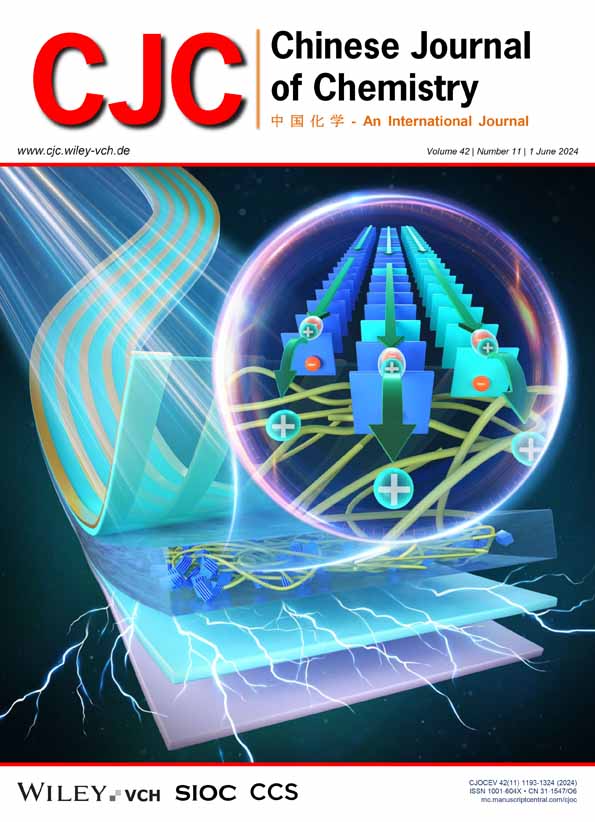Chiral Porous Frameworks for Enantioselective Separation and Asymmetric Catalysis
Abstract
The preparation and resolution of chiral molecules hold significant importance in scientific and industrial domains, such as drug development and manufacturing. In recent years, chiral porous frameworks have attracted increasing attention in asymmetric catalysis and enantiomer resolution due to their excellent performance. The metal-organic frameworks (MOFs), covalent organic frameworks (COFs), porous organic cages (POCs), and porous coordination cages (PCCs) are important representative of the porous framework family. Significantly, chirality can be easily introduced into these framework materials through simple bottom-up or post-modification methods, thereby promoting their applications related to chirality. In this review, we systematically summarize the synthesis strategies of four classes of chiral framework materials and their applications in asymmetric catalysis and enantiomeric resolution. Finally, we present some perspectives on the future development in chiral porous frameworks.
Key Scientists
Significant progress has been made in the development of chiral porous frameworks, primarily driven by the application of chiral molecules. This area of research has seen contributions from many distinguished scientists. A particularly important milestone was reached in 2000, when Kimoon Kim reported the first catalytic Chiral Metal-Organic Framework (CMOF). In 2001, Lin et al. reported a new generation of recyclable CMOF capable of chiral separation and heterogeneous catalysis. Simultaneously, researchers such as Cui and Duan have made substantial contributions, advancing the field considerably. Furthermore, notable developments have been made in the area of Chiral Covalent Organic Frameworks (CCOFs), with pioneering work by researchers like Jiang, Wang, and Cui. Meanwhile, some groups such as Su and Li have made significant strides in the chiral cages. These remarkable accomplishments have drawn considerable interest.


 求助内容:
求助内容: 应助结果提醒方式:
应助结果提醒方式:


